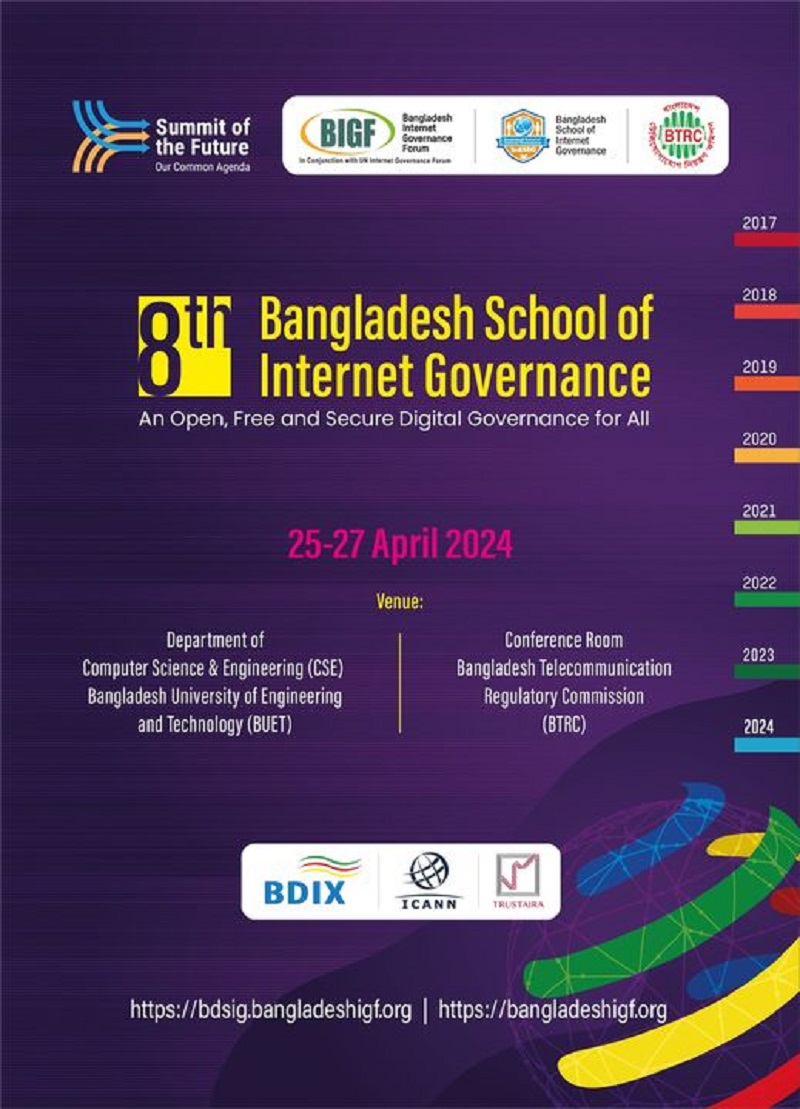Summary of Presentation:
This is a non-technical presentation, but an understanding of the Internet technical is a plus. There is a lack of understanding about the cyber-attacks and what mechanisms can be used in improving both detection and prevention.
Providing secure cyberspace is now a key concern for governments and private sector organizations throughout the world, which requires the development of critical infrastructure and an organizational and national/international research agenda supported by multidisciplinary expertise.
This presentation provides an overview of cybercrime from a technological and a criminological perspective and explains how criminological theories can be applied to mitigate cyber-attacks.
The purpose of this presentation is also to describe recent trends, such as zero-day exploits, social engineering, botnet attacks against internet banking applications and Internet of Things (IoT), the emergence of the darknet, the role of organized crime, cybercrime-as-a-service, ransomware, and spear phishing emails. Signature recognition and anomaly detection are the most common security detection techniques in use today.
These techniques provide a strong defense. However, they fall short of detecting complicated or sophisticated attacks. I will also illustrate how new Data Mining and Machine learning can be used to uncover hidden patterns in cyber-attacks such as malware and spam emails, draw on real-world data.
Biography:
Dr. Mamoun Alazab is a Senior Lecturer at the Australian National University (ANU). He is a cybersecurity researcher and practitioner with industry and academic experience. Dr. Alazab’s research is multidisciplinary and includes both technological and criminologist perspectives of computer security, with a focus on crime detection and prevention. He has more than 70 publications, and have organized and participated more than 60 conferences and workshops.
Previously, he worked as a Lecturer in Cyber Security at Macquarie University and as an Assistant Professor at the American University of Middle East, and as a Post-Doctoral fellow from Japan Society for the Promotion of Science (JSPS). DrAlazab worked as a Research Fellow at the Australian National University (ANU) Cybercrime Observatory since 2012.
He is a Senior Member of the IEEE, Cybersecurity Academic Ambassador for Oman’s Information Technology Authority (ITA), and has worked closely with government and industry on many projects, including IBM, Trend Micro, the Australian Federal Police (AFP), the Australian Communications and Media Authority (ACMA), Westpac, UNODC, and the Attorney General’s Department.
As of Dec 1, 2017, 692 citations appear on Google (H-index of 13, i10=18) and my total download on SSRN is more than 3,150. Many of his cybersecurity publications are referenced and cited in highly regarded outlets such as Google’s patents, Prevention of and Fight against Crime Programme of the European Union, UNODC, and International Telecommunication Union.











